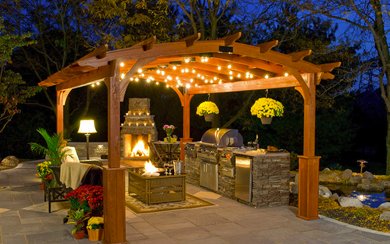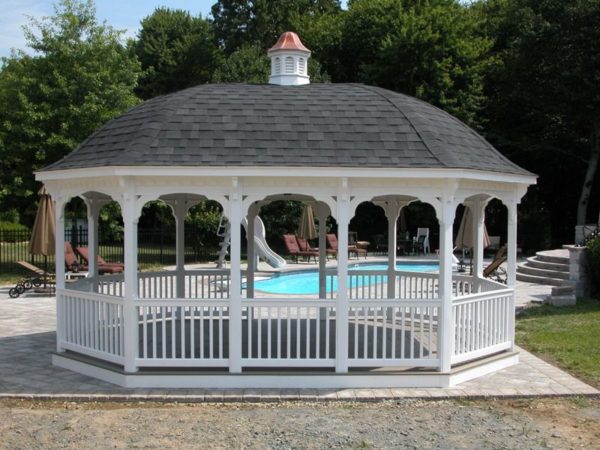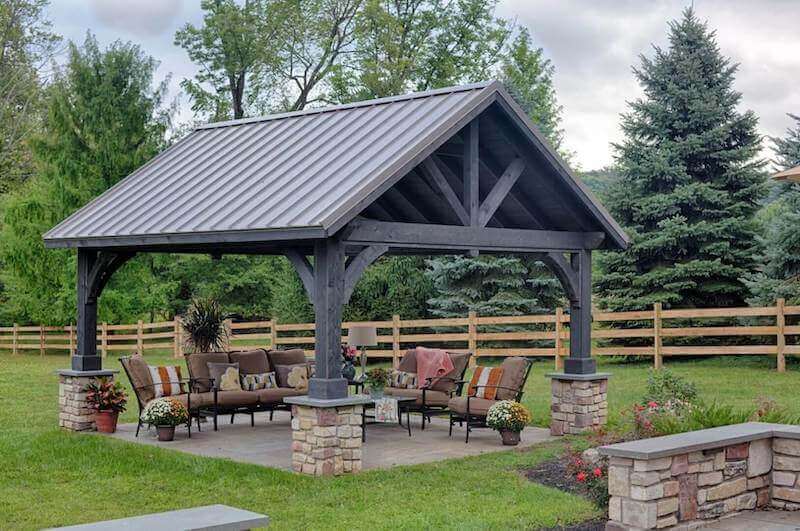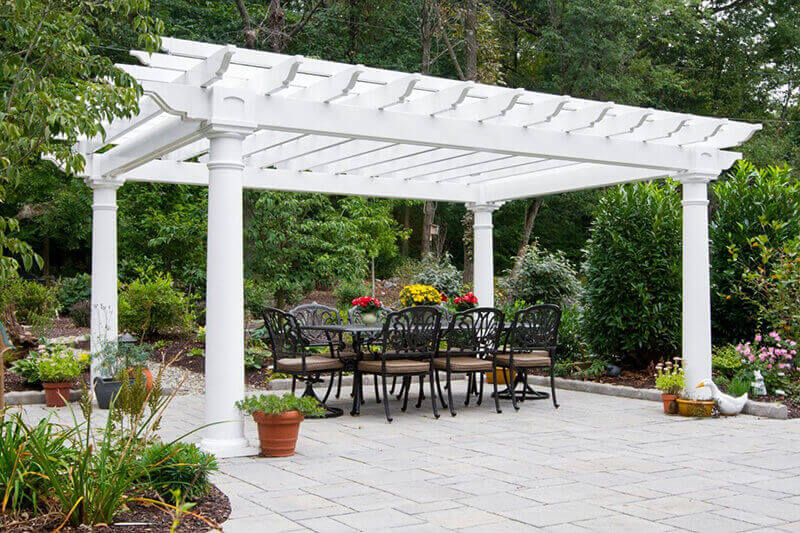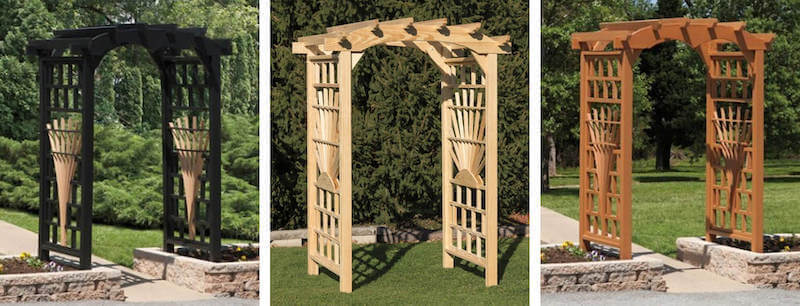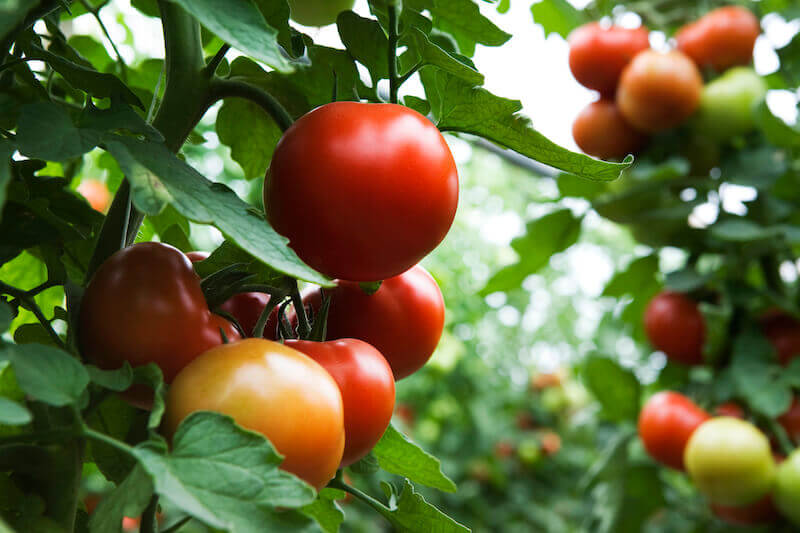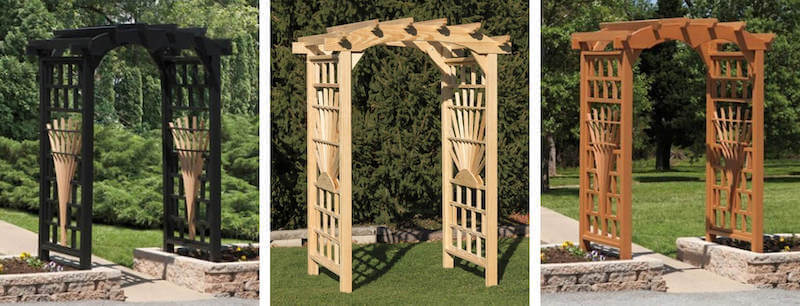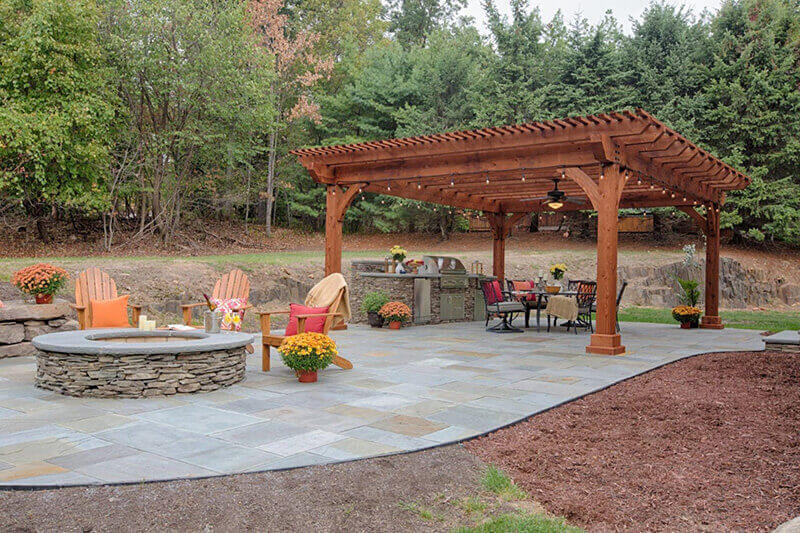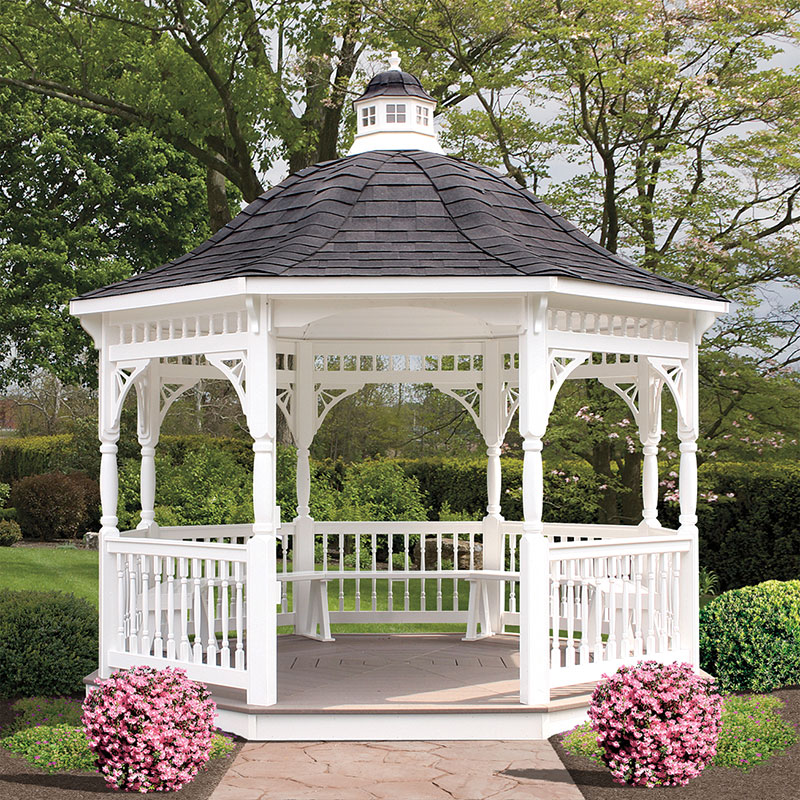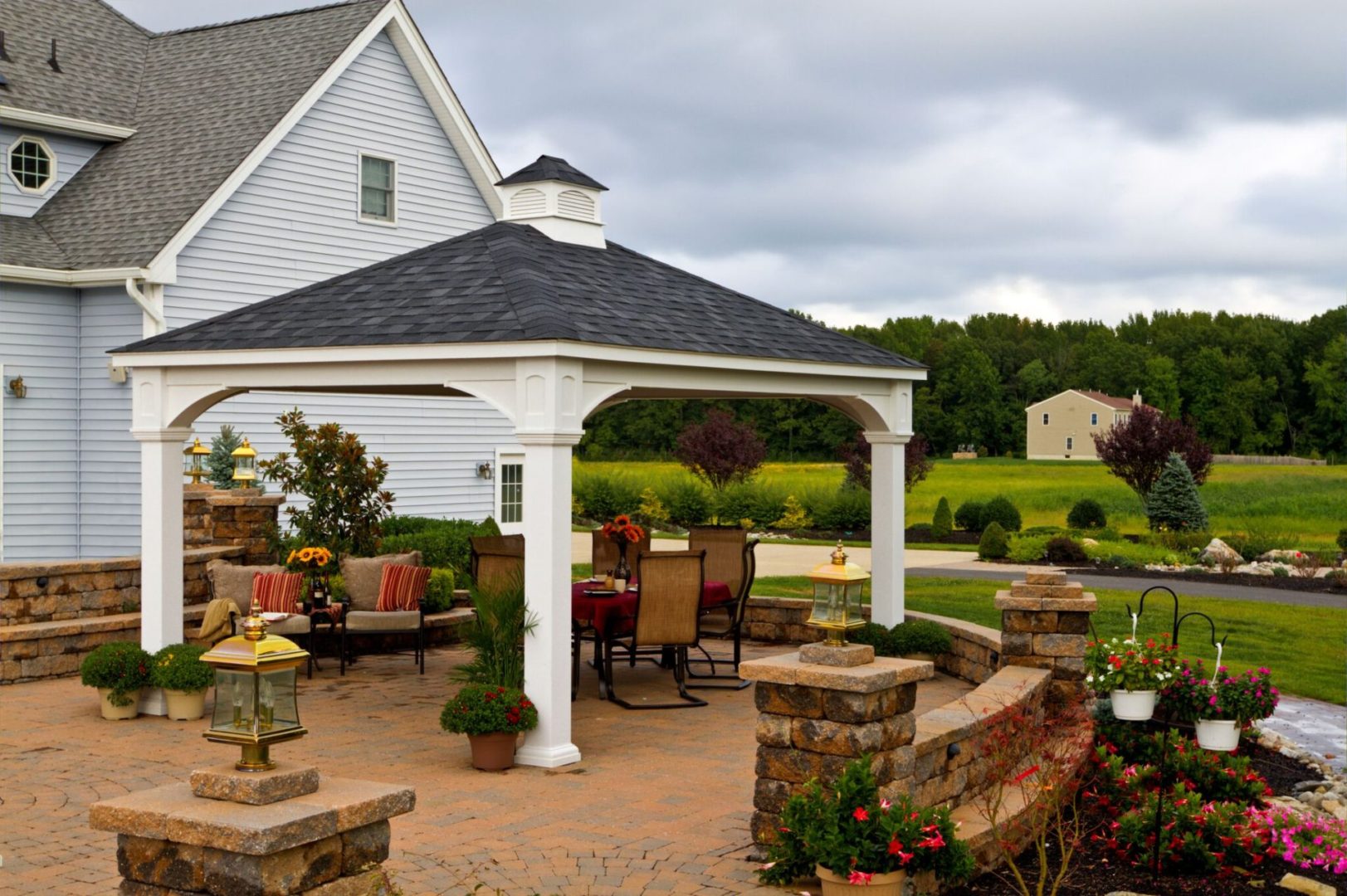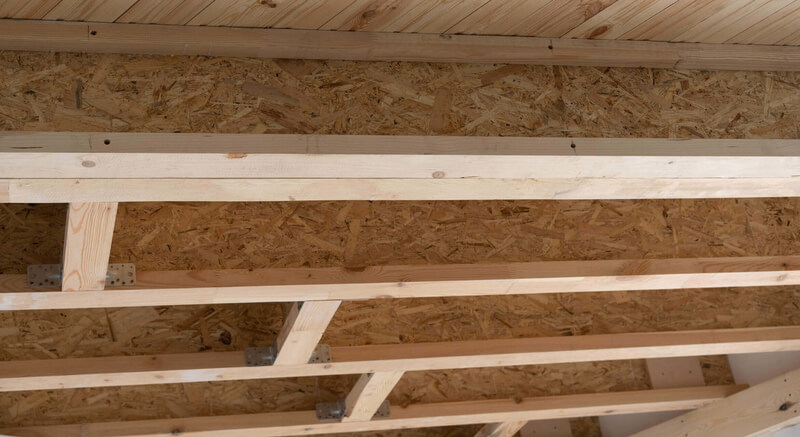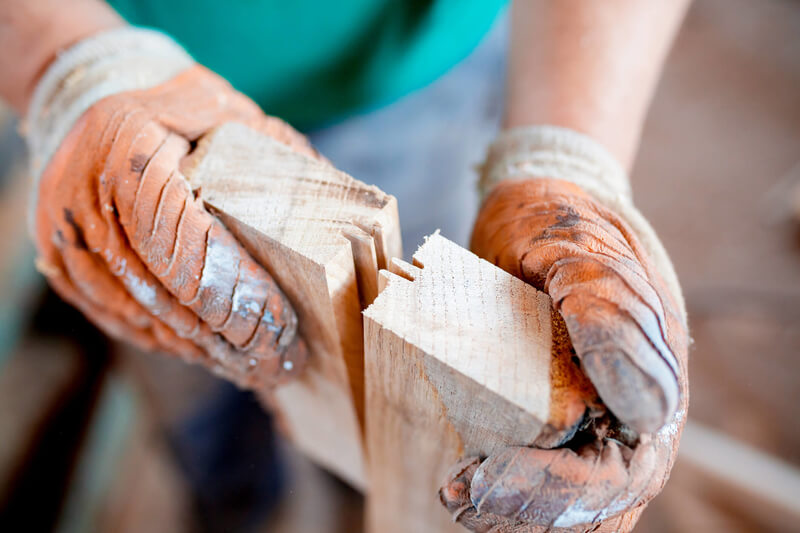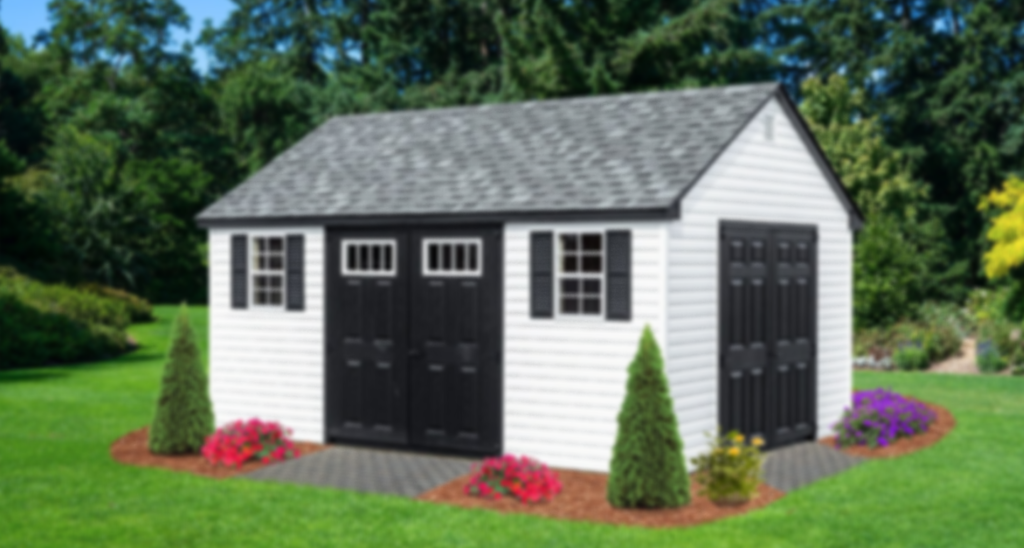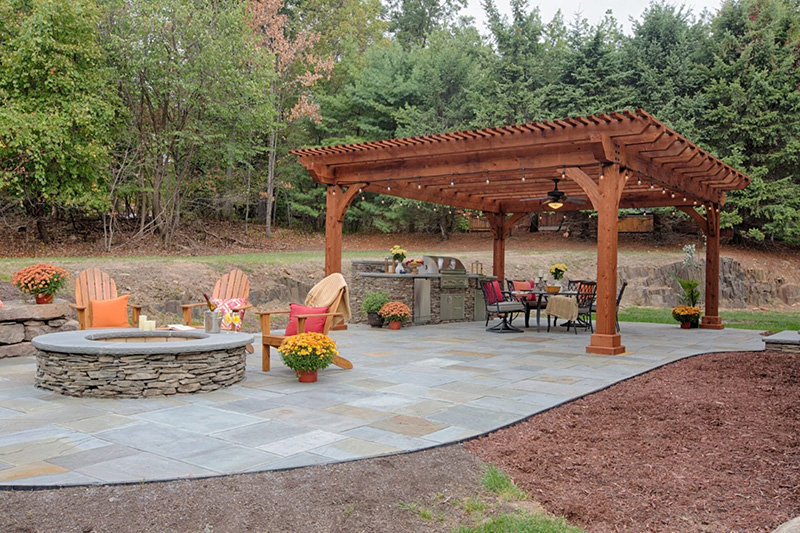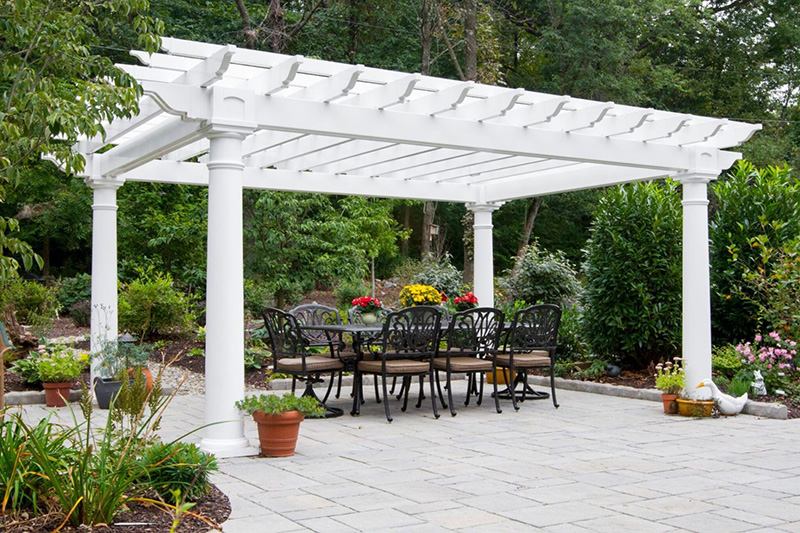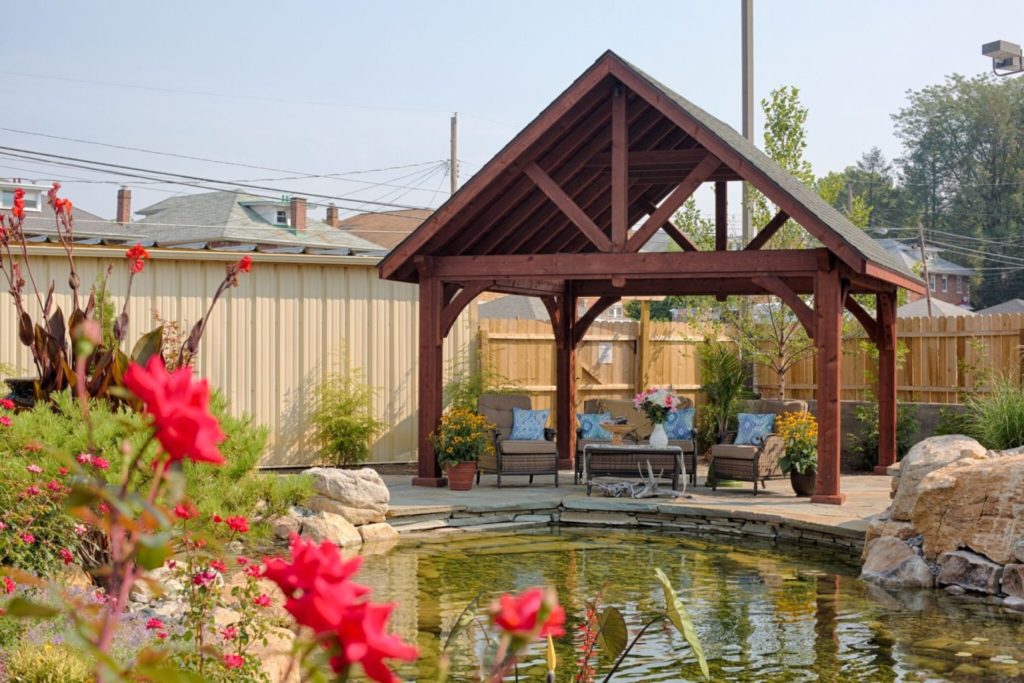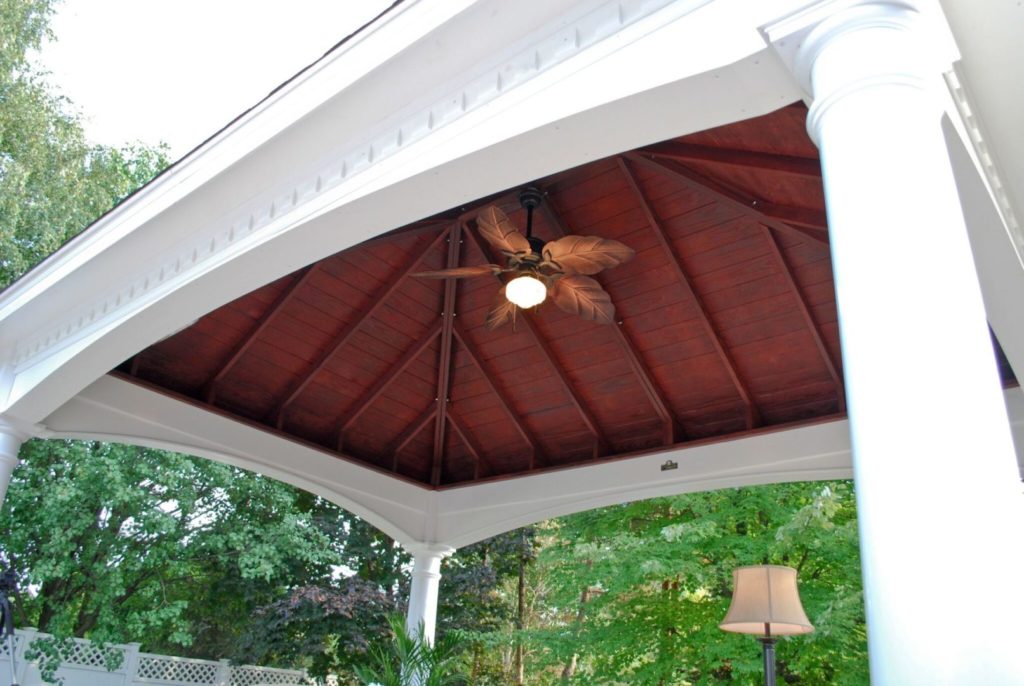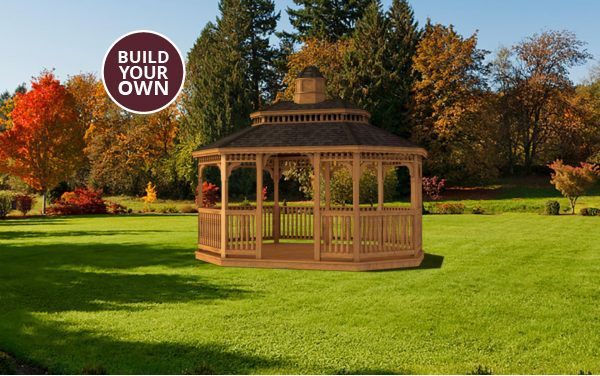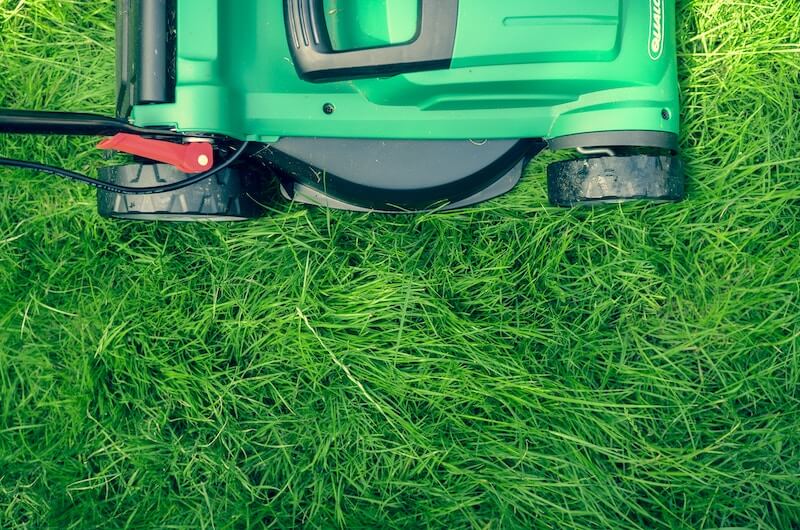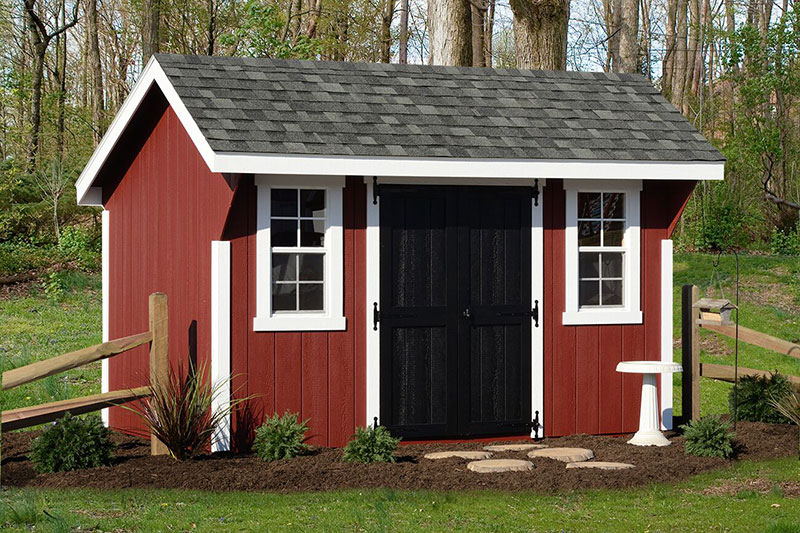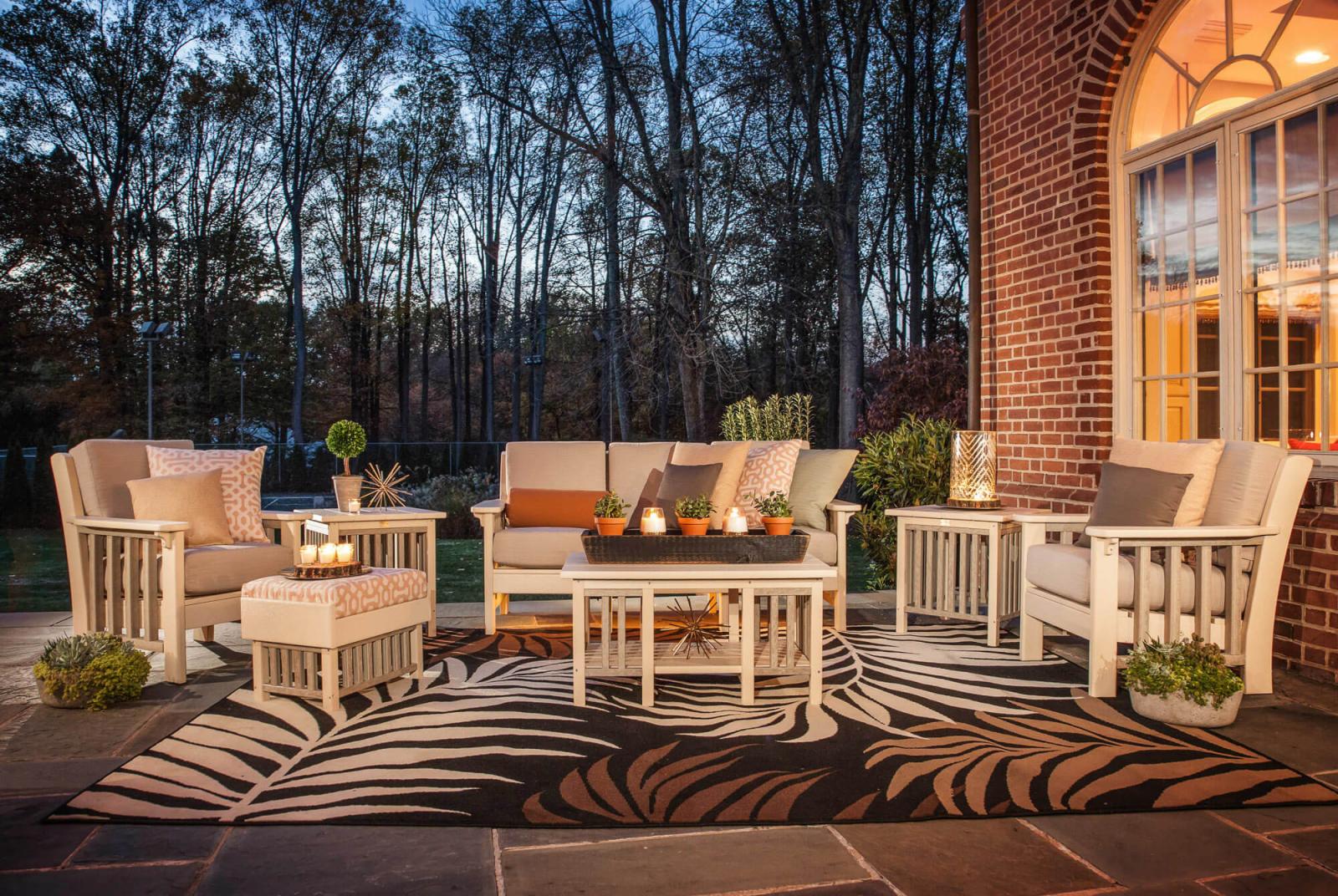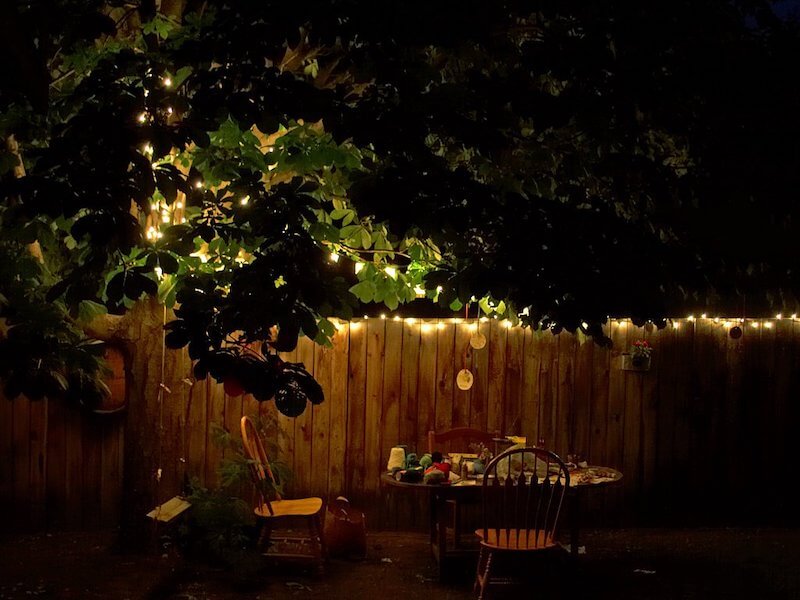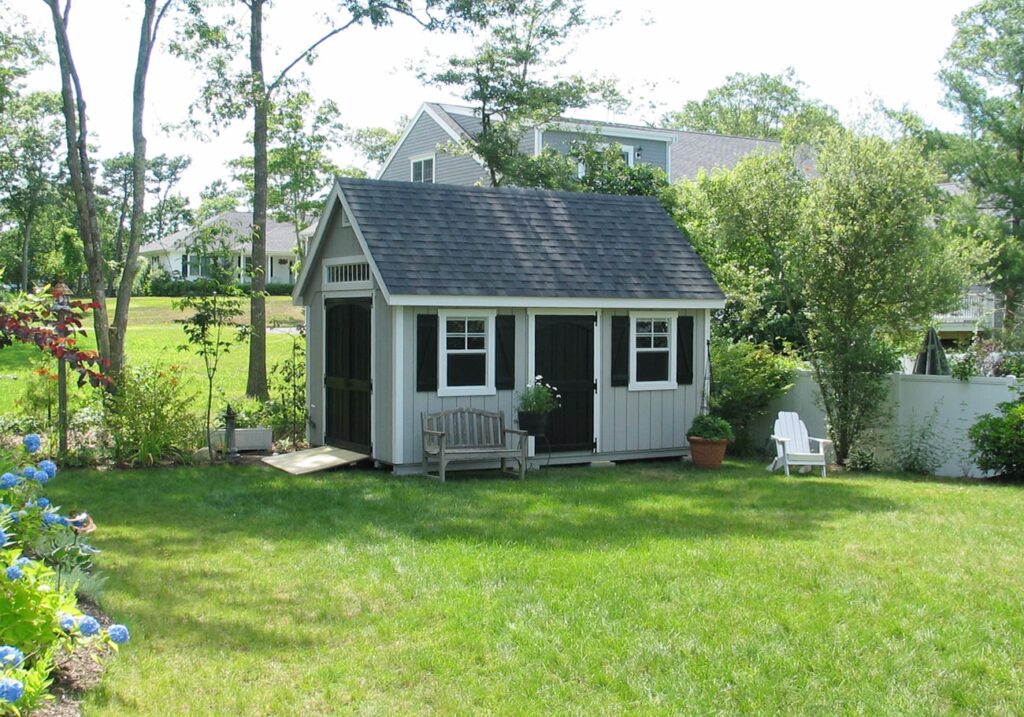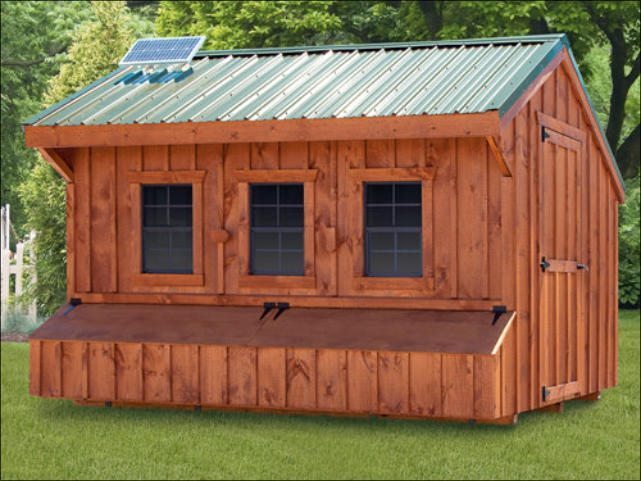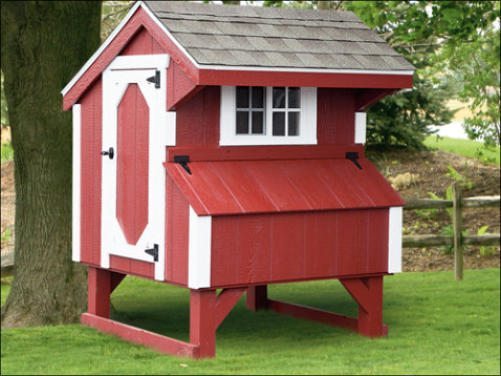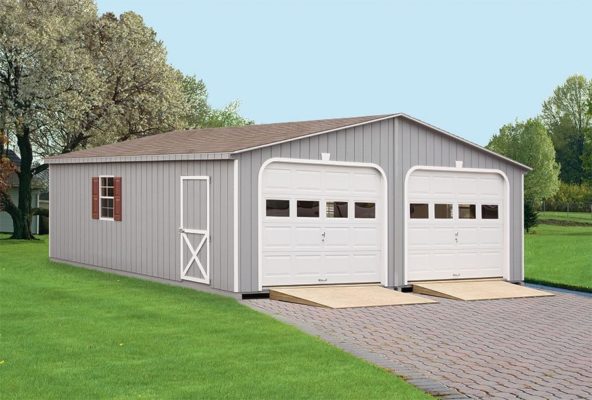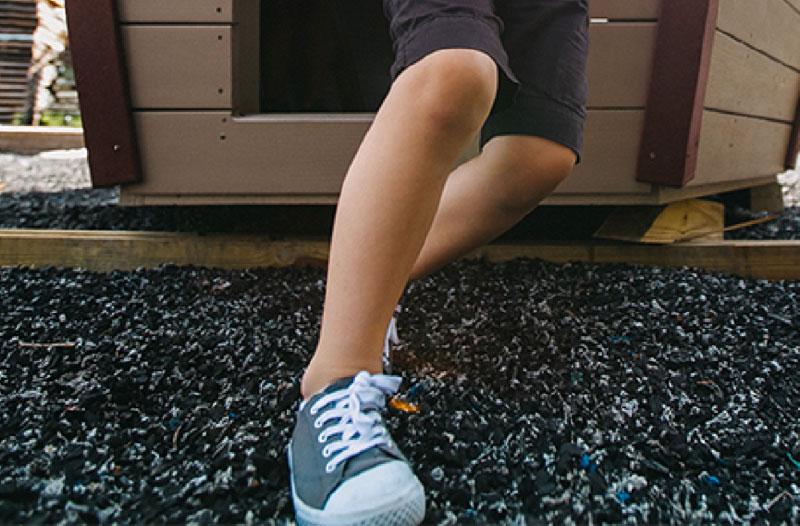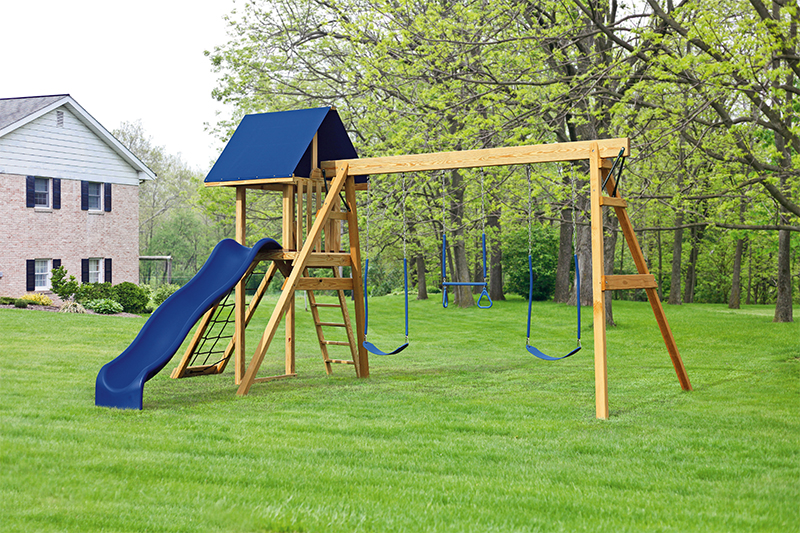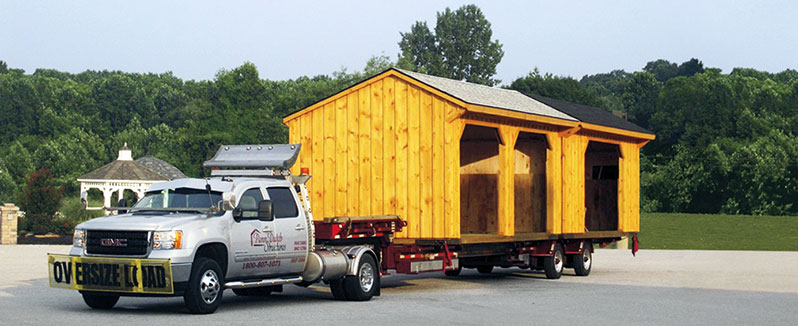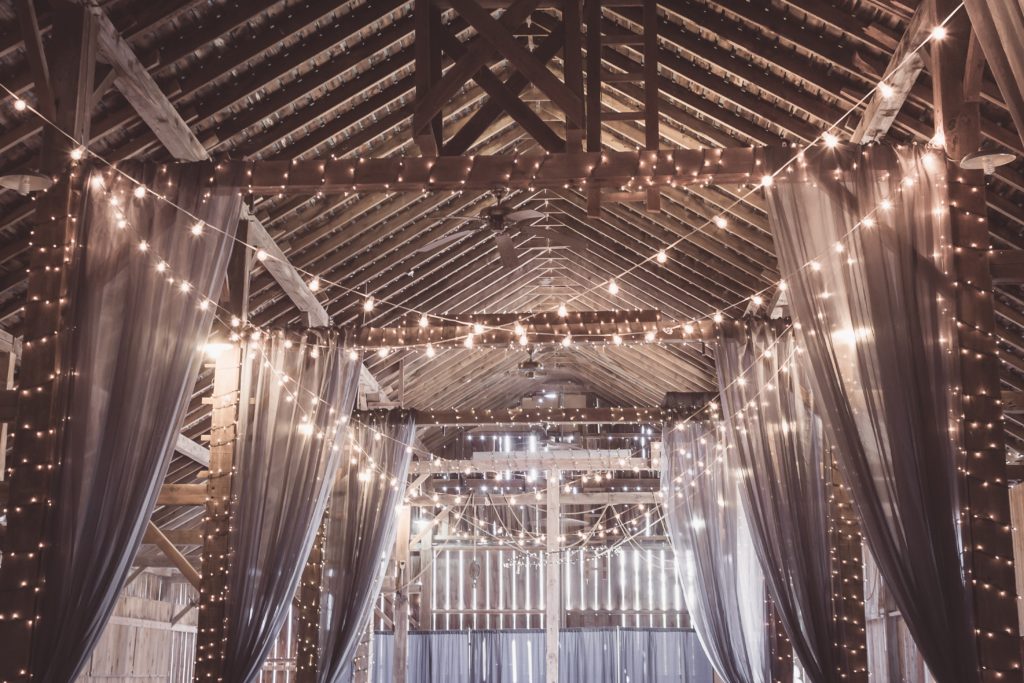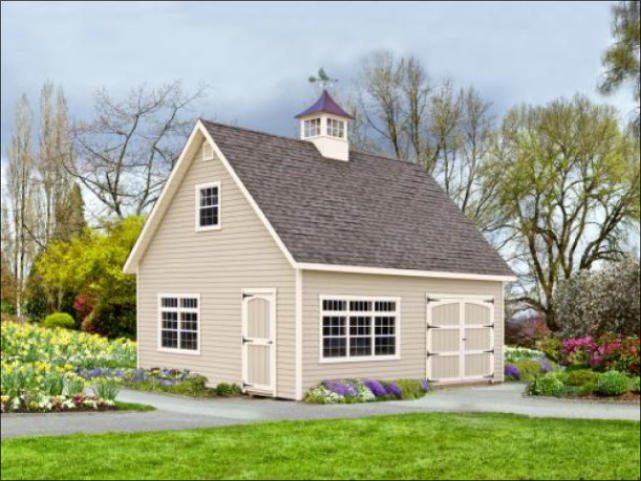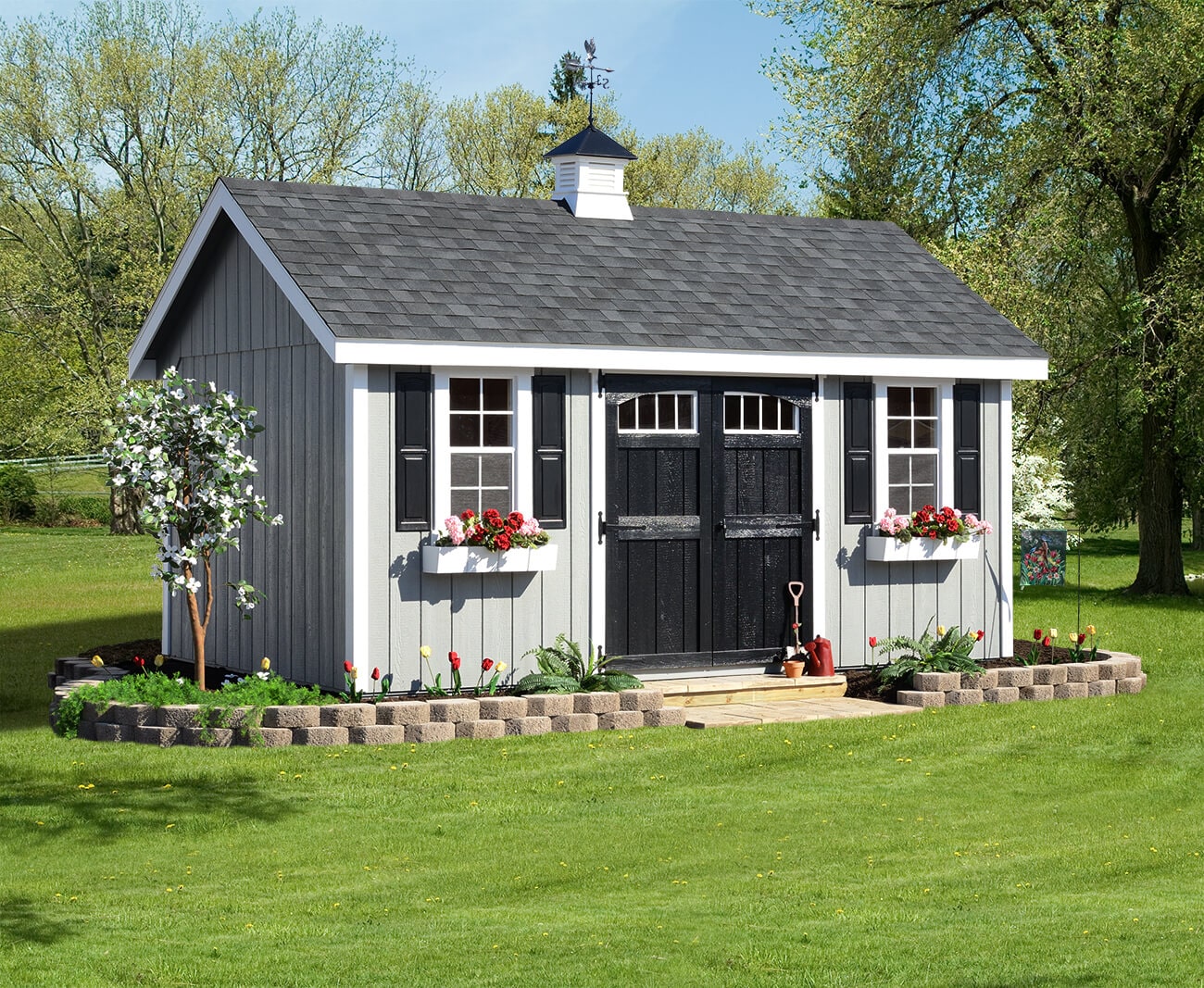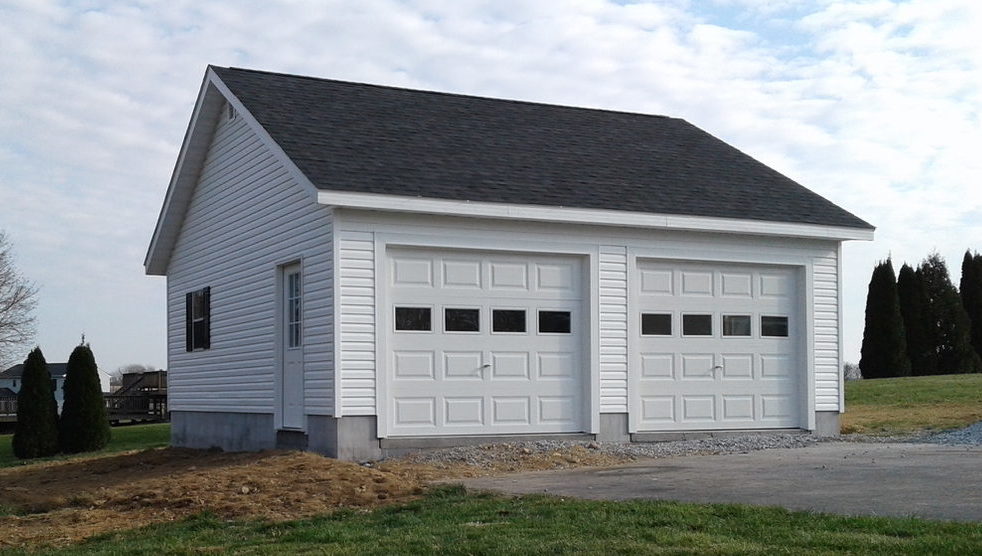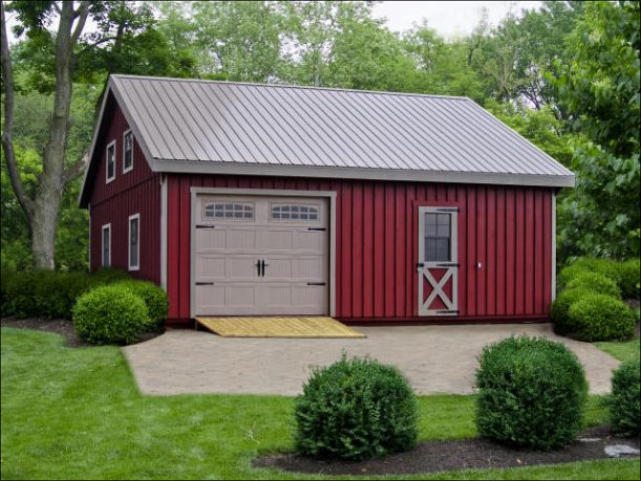Back in the olden days, children couldn’t wait to go outside after supper. They spent a great deal of their time exploring and learning outdoors, rather than in front of TV, computer, and cell phone screens. These days, it is crucial to acknowledge the importance of outdoor play for children.
Benefits of Play in Child Development
Outdoor play is undoubtedly beneficial in early childhood development. It can help children grow both fine and gross motor skills, and can also improve coordination, determination, and balance. Swinging, climbing on ladders, going down slides, and using monkey bars are all great ways for kids to develop physically.

There are also longer-term effects of spending time outdoors that will last long after childhood. Health benefits of outdoor activities include
- Getting more vitamin D, which can have positive impacts on your bones, heart, and brain.
- Increasing your activity and step count.
- Improving your concentration.
- Encouraging faster healing.
The Benefits of Spending Time In Nature
Many kids are drawn to the outdoors naturally. There are so many new things to experience in the natural world. While it may seem like all fun and games to kids, there are significant life skills that can be taught through outdoor play, too.
Getting outside can help children be more imaginative and creative. There are far fewer rules outdoors when it comes to “how” to play. Children will invent their own games and activities based simply on what is around them.
The outdoors also teaches responsibility. Children should be taught from an early age that they need to respect nature and that they are responsible for any harm they do to the planet. Growing plants with your children is a great way to teach responsibility.
Mental Health and Outdoor Activity
Getting outside can even help your children’s mental health. After being cooped up all day at school, the outdoors can provide a change of scenery. It can also improve your child’s mood and help reset them after a bad day at school.
It also provides an outlet where they can use their outdoor voices and relieve anxiety and stress. Studies have even found that just five minutes of outdoor play can help kids’ self-esteem. With significant benefits like these, we can’t ignore the importance of outdoor play for children.
5 Ways to Get Kids Outside
If your children would rather watch TV or play video games than be outside, try these five activities to help them learn to love the outdoors.
1. Purchase a Swing Set
Swing sets are a classic for a reason. Adding a swing set to your yard will provide your family with years of fun and exercise.
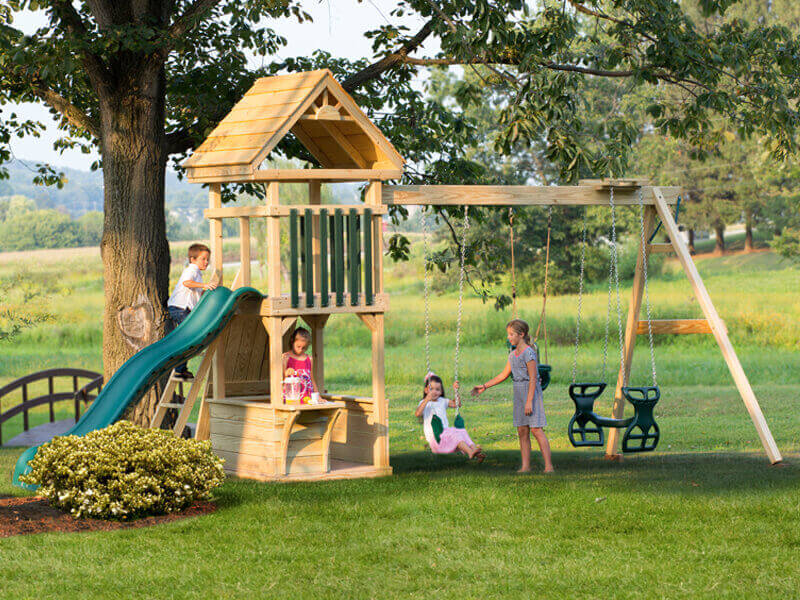
You can customize your swing set with a number of elements, like swings, slides, and other accessories. These can be tailored to suit the ages and interests of your children, and can be changed out over the years to continue to challenge and intrigue them as they grow.
Providing your children with backyard play equipment can also help your yard become the neighborhood gathering spot. It’s an easy way to help socialize young children before they start school and for you to get to know the other parents in your neighborhood.
2. Play Yard Games as a Family
Playing yard games as a family is another great way to get outside. Whether you prefer croquet or cornhole, there are options for every age and every space. Playing as a family (even in competition) also boasts the added benefit of spending time as a family.
Yard games also teach children emotional intelligence about friendly competition and following rules. These lessons aren’t always emphasized in the classroom, so discovering ways to teach them at home is crucial.
3. Encourage Imaginative Play With a Playhouse
Playhouses are another great option to get your kids outside. Studies about the importance of outdoor play have shown that they present opportunities for free-form, imaginative play. This is crucial to children’s social and emotional skill development.
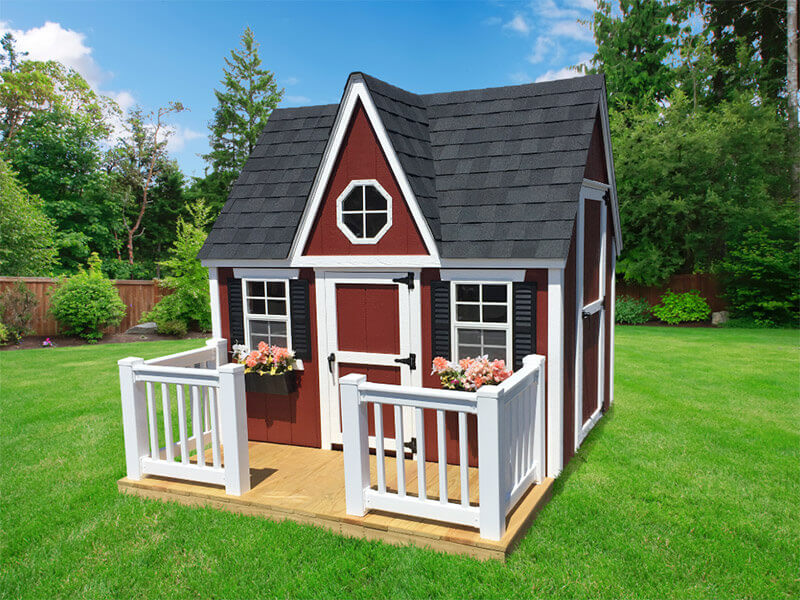
Your children may pretend their playhouse is a house, school, store, or even a castle. This means that a playhouse can provide a lot of mileage for your family at an affordable price point.
Playhouses can also serve double-duty as a storage unit once your children have grown up. They can also add property value to any family with children if you choose to move and leave your playhouse behind.
4. Allow Children to Do Homework Outside
After being at school all day, it’s no surprise that children are often full of energy when they get home. Unfortunately, they may have homework to do before they can play and relax.
Encouraging children to do their homework or read outside is a great way for them to get fresh air and a change of scenery, while also getting their work done.
Adding a gazebo or pavilion to your yard will help kids stay outside longer without the worry of sunburn. Lawn swings and child-sized lawn furniture can also provide a comfortable spot for your children to read or do homework outside in the warmer months.
6. Eat Family Dinner Outdoors
Because of busy schedules, many families end up eating in multiple shifts. Eating together as a family can help keep you up to date on your children’s lives and strengthen your bond as a family.
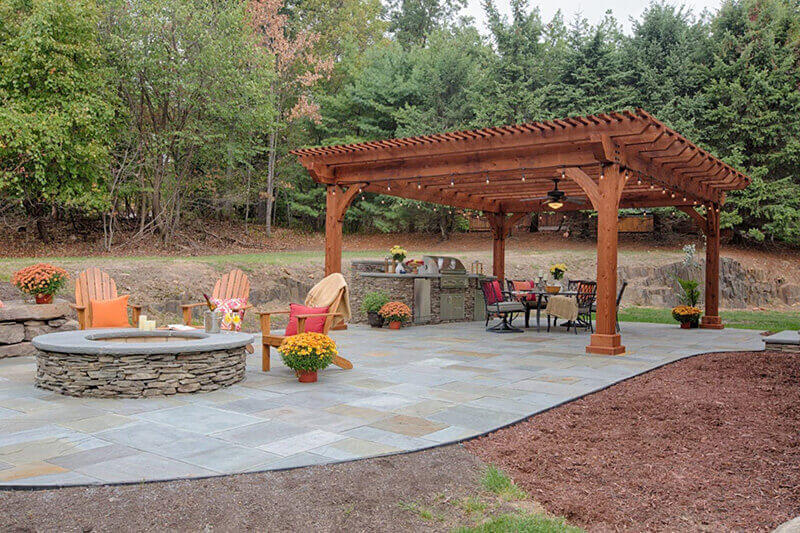
Having a communal outdoor space that is well-shaded will make dining outside a breeze. Just be sure to purchase splinter-free furniture to avoid a dramatic end to a nice family dinner. There are even companies that manufacture child-sized versions of your favorite outdoor pieces, like Adirondack chairs and picnic tables.
Get Your Whole Family Outside
Explore our selection of in-stock and custom-built shade structures to keep your family and guests comfy and cool.
